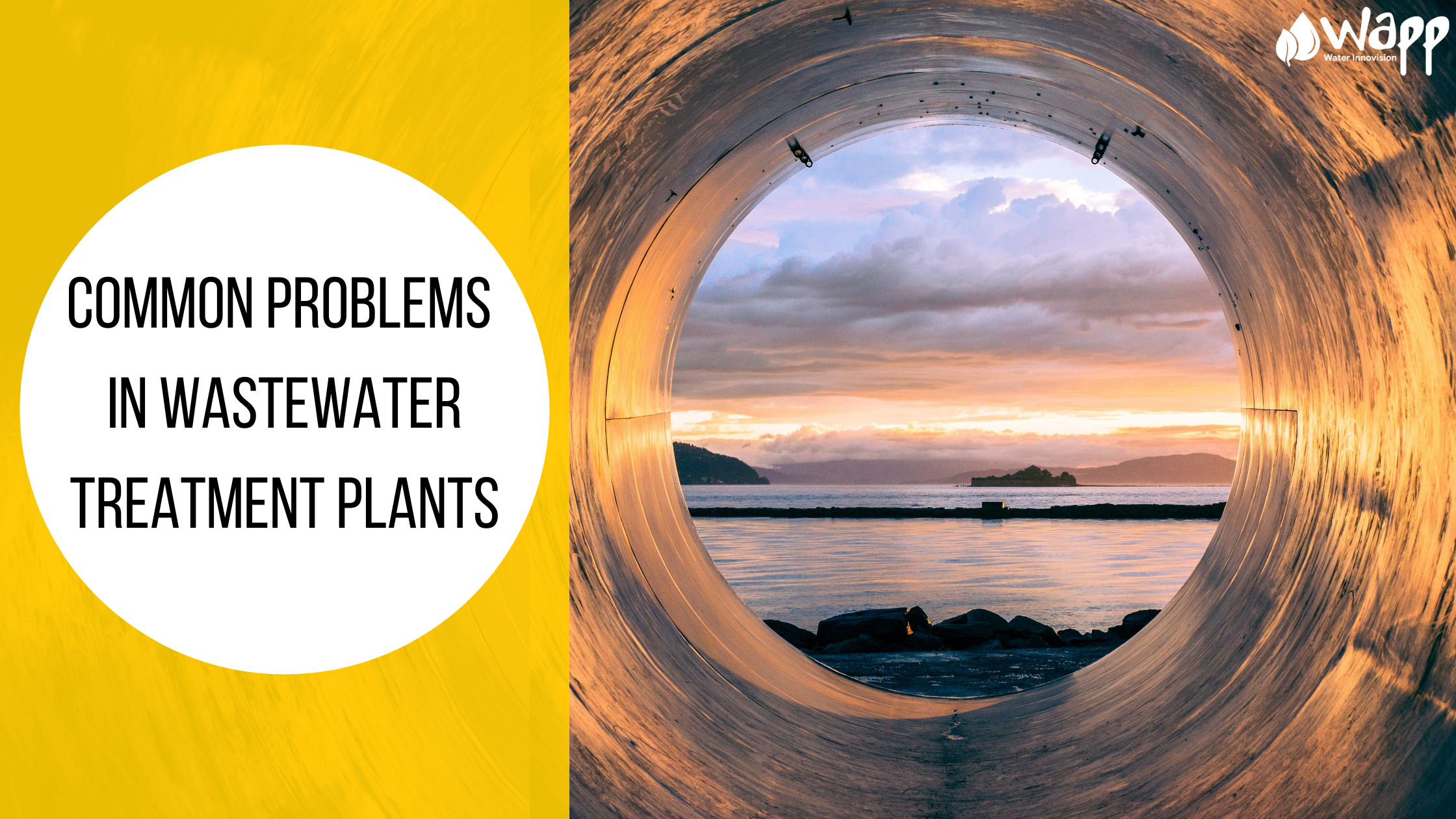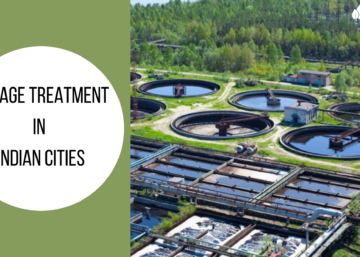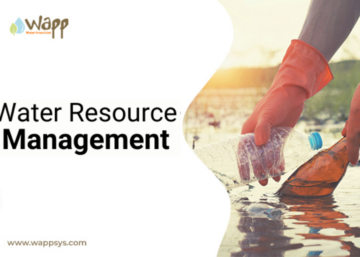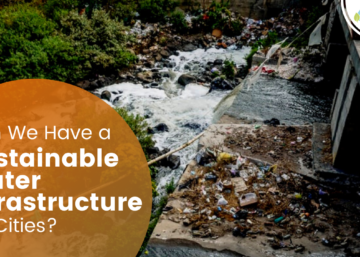Clean and safe water is a necessity for everyone. With the demand for water increasing by the day, wastewater treatment plants are designed to treat water and return it back to the environment safely. However, our traditional wastewater systems are far from efficient in terms of operation and cost.
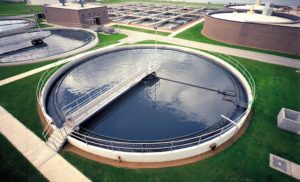
Here are some of the biggest problems faced by the wastewater plants in India:
- Exceeding the prescribed limits
According to the National Green Tribunal (NGT), there are certain set standards that treated sewage is expected to meet. The level of biochemical oxygen demand (BOD) — oxygen needed for the survival of aquatic life — in the treated sewage has been set at 10 milligrams per litre, COD and total nitrogen are restricted to 20 and 10 mg/litre respectively and total suspended solids have to be less than 50 mg/l.
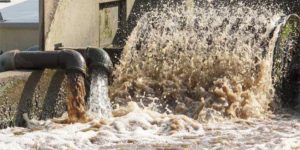
COD (Chemical Oxygen Demand): There are various reasons for exceeding the limits of COD indicators like a higher level of organic waste, overloading of the treatment plant and the inadequate removal of organic matter. One of the most effective ways to reduce COD discharge is bioaugmentation (addition of microorganisms). In this case, a suitable addition will be BCP10.
Phosphorus: Firstly, phosphorus used by bacteria to grow new cells. The rule says that for the removal of 1000 mg of organic substances in the form of COD, bacteria need 1 mg of phosphorus to grow.
The second way is to use the ability of bacteria to accumulate storage media (also phosphorus) in themselves under anaerobic conditions. For this, a special tank is usually included in the WWTP.
The third way is to use iron or aluminium containing substances that precipitate residual phosphorus.
Nitrogen: If you exceed the limits of nitrogen, it can be linked to biological processes. Just like phosphorus, nitrogen is also an element that bacteria inevitably need to grow. Here the common ratio is that about 1,000 mg of COD removed, bacteria need 5 mg of nitrogen to grow.
2. Energy Consumption
Energy consumption is one of the biggest expense incurred while running a sewage treatment plant. They consume approximately 60 terawatt-hours per year.
In municipal wastewater treatment plants, 50-60% of energy is used by biological treatment processes; hence changes in this is a possible way to reduce energy consumption. This can be achieved by the use of fine screens in primary treatment; membrane technology for the aeration process; and direct treatment of high concentration return streams.
We are also moving towards cleaner and greener alternatives which can significantly reduce our energy consumption.
3. Shortage of Staff
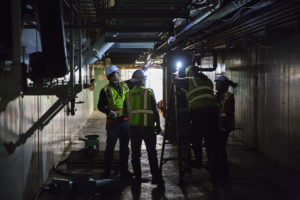
It is important to have trained and experienced individuals for operating the plant. There is an acute shortage of staff in this industry given the harsh working conditions and demanding job.
Technological advancements seem to be the easiest solution to this problem. While there will always be a need for staff to look after the plant, automation can significantly reduce the number of hands required at the site and cut down the operational cost by 30%.
4. Sludge Production
Sludge is the residue produced during wastewater treatment processes.
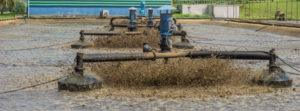
The excess disposal of sludge puts forth a major environmental challenge in front of us.
The solution for this can be the recycling of sludge, containing useful organic matter and nutrients in agriculture is considered as the best solution. Some more modern treatment technologies are even able to reduce the burden of sludge by lowering its production.
5. Environmental Footprints
One of the biggest problems of activated sludge is the footprint it demands. Constructing an activated sludge treatment plant is a costly process. Due to populations constantly increasing, municipal wastewater treatment plants need to expand their capabilities too!
Advanced technologies that use smaller process basins by increasing the amount of biomass per unit volume via the addition of media for biofilm attachment (such as IFAS and MABR) or increasing the biomass concentration (such as MBR) are leading the way in reducing footprint. A smaller footprint means land cost savings, but it also means reducing CAPEX (less concrete, steel, and equipment).
6. Fragmentation of Operation
Fragmentation of operation means when the information is not passed on completely. The data can be regarding anything; status of inventory, maintenance and task completion. To deal with this problem, digitalizing operations is the viable option. With the help of technology, you can keep a track of every little aspect related to your plant!
7. Need for Real-Time monitoring

Access to real-time data is a boon of technology to mankind. With the help of real-time monitoring, your facility can steer clear of many problems, like leakage and breakdown of machinery.
Green innovative technologies are the answer to most of these problems. With automation and innovation moving forward, we can continue to expand on these eco-friendly technologies to make wastewater treatment greener.
WAPP is a pan-India water management company run by graduates from IIT-Delhi and Stanford. We come to you with 25 years of experience designing and maintaining STPs for prestigious customers across India and providing all the possible benefits of the technology in the operation phase. So you know, you can count on us.
